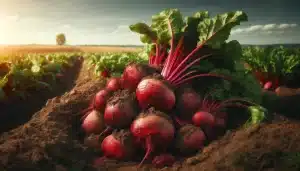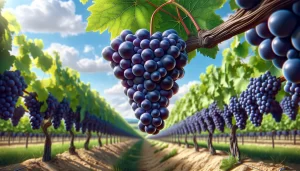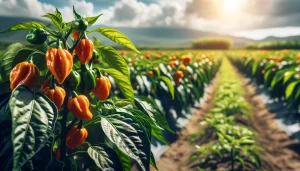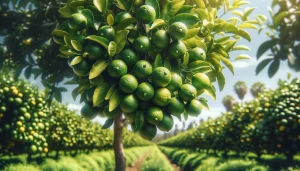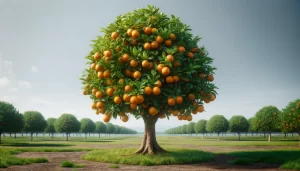Phenological Stages of Radish
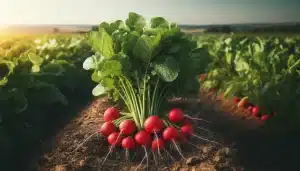
Radish is a fast-growing crop that has earned a place in gardens and farms due to its ease of cultivation and nutritional value. To maximize the production and quality of radish roots, it is essential to understand the plant’s phenological stages and apply appropriate agricultural practices at each stage. From sowing and germination to harvest, …
 AgronoBlog – Agriculture Blog
AgronoBlog – Agriculture Blog 